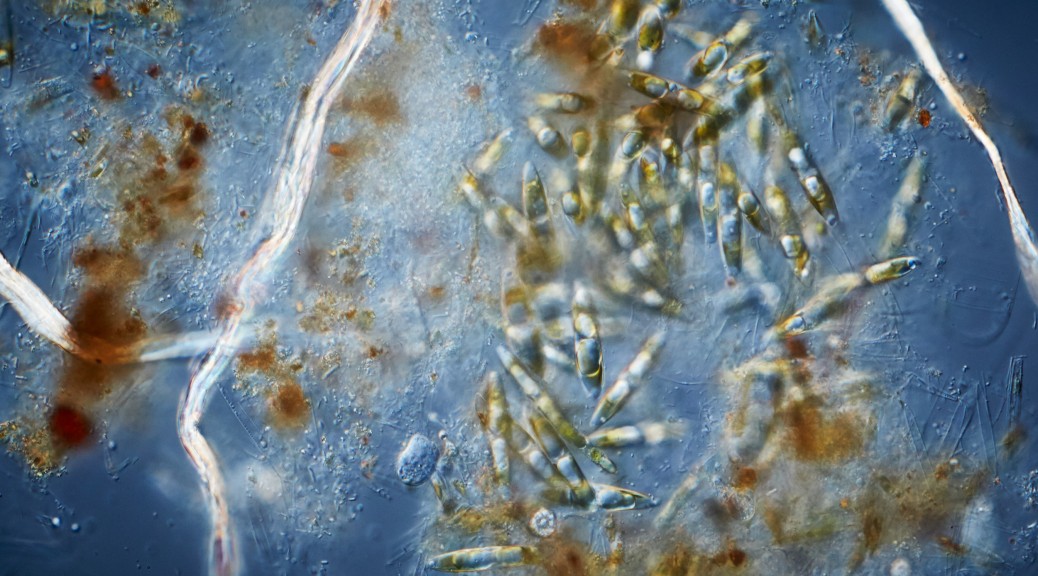Scientific work aboard the CCGS Amundsen
Working group categories for sampling and research interests: Biodiversity, the world of bacteria and phytoplankton
Even though the physical and chemical context is crucial to our understanding of phytoplankton bloom processes, biogeochemical oceanographers mainly focus on living things; from the smallest virus (mainly a small piece of DNA in a shell) to large marine mammals (seals, polar bears or whales). Obviously, while a pair of binocular suffices to observe birds and whales, it requires various techniques and pieces of equipment for the smaller critters.
Aboard the CCGS Amundsen, we will have a complete range of equipment, allowing us to sample the entire size range of the Arctic marine creatures.
– Viruses, bacteria, picoeukaryotes, and small phytoplankton species between 0.5 and 20 µm in diameter will be counted and identified using an ACCURI 6 flowcytometer (Becton Dickinson)
– Picoeukaryotes and phytoplankton species between 10 and 100µm will be counted and photographed using an imaging FlowCytoBot (Mclanes Labs Inc.)
– Particles above 100µm in diameter will be counted and photographed using an Underwater Video Profiler (Hydroptic).
– Samples will be taken for identification of all phytoplankton species using microscopy. Larger particles are typically zooplankton.
After filtering the seawater to collect the particles, a different analyses are performed (either on board or when samples arrive back in the different land-based labs) to determine a large number of parameters including Carbon, Nitrogen and Phosphorus content, pigment content, absorption spectrum, chlorophyll content, etc.



